Poker has always been more than just a card game; it’s a fascinating mix of skill, psychology, and chance that continues to attract players from all walks of life. Whether you’re sitting in a busy casino or playing quietly from your laptop at home, the thrill of the game remains the same: reading opponents, making smart bets, and knowing when to fold.
In recent years, the rise of online poker has transformed how players learn and play. At the same time, traditional live poker continues to hold its unique charm, offering real-world tension and human connection that online platforms can’t fully replicate.
In this guide, we’ll explore both formats, how they work, their benefits and drawbacks, and which option might be best suited to beginners eager to sharpen their skills.
Understanding the Basics of Poker
At its heart, poker is a strategic contest between players aiming to build the strongest hand or convince others to fold. The game blends probability, emotional intelligence, and risk management, all wrapped in a social setting that demands both confidence and patience.
While there are many poker variants, the most popular are Texas Hold’em and Omaha, both widely available in physical casinos and online platforms. Regardless of where you play, the basic rules remain consistent: players receive cards, place bets in rounds, and the best hand (or the best bluff) wins.
However, the environment in which poker is played, digital or live, can dramatically shape a player’s experience and learning curve. Understanding how these settings differ is crucial for anyone starting.
The Online Poker Experience
Online poker has revolutionised the way people engage with the game. Accessible from laptops, tablets, or smartphones, it allows players to join tables at any hour and from any location. Digital platforms use sophisticated software and Random Number Generators (RNGs) to ensure fairness, simulating the shuffle and deal of physical cards.
For beginners, online poker offers a wealth of advantages:
- Convenience: You can log in and play within seconds, without travelling to a casino.
- Low-stakes games: Many sites offer micro-stakes or even free practice tables, making it easier to learn without risking much money.
- Faster gameplay: Online tables move quickly, ideal for learning multiple hands per hour and gaining experience faster.
- Multi-tabling: Skilled players can play more than one table at a time to test different strategies simultaneously.
However, online poker also comes with its challenges. The lack of face-to-face interaction removes the ability to read physical “tells,” which are vital cues in live play. Instead, you must rely on betting patterns, timing, and digital statistics. Additionally, the sheer convenience of online gaming can sometimes lead to overplaying. It’s easy to keep clicking “join” without noticing time or budget limits.
When choosing where to play, it’s important to pick licensed, secure, and well-reviewed platforms. For beginners who want to explore safe, reputable casino networks, Sister Sites is a trusted resource that lists related UK-licensed casinos with similar game offerings and poker options. It’s an excellent place to start comparing sites before committing real money.
Online poker’s biggest advantage lies in accessibility and repetition. You’ll encounter a wide variety of opponents, from novices to professionals, and each game contributes to your understanding of probability, position, and risk.
The Live Poker Experience
There’s something undeniably special about live poker. The clatter of chips, the smell of cards, and the nervous glances around the table all contribute to a uniquely human experience that online platforms can only imitate.
Live poker forces players to read not just cards but people. Every flicker of hesitation, change in breathing, or unexpected bet can reveal information. For many, this makes live poker both challenging and exhilarating.
Advantages of live play:
- Human interaction: You learn to read opponents and control your own body language.
- Social atmosphere: Poker nights and tournaments build community and camaraderie.
- Slower pace: Gives players more time to think through strategies and decisions.
Disadvantages:
- Higher costs: Travel expenses, table buy-ins, and casino fees can add up.
- Nerve-wracking for beginners: Playing face-to-face with strangers can feel intimidating at first.
- Fewer hands per session: Live games move slowly, meaning less overall experience per hour compared to online.
For beginners, live poker is an excellent way to understand human psychology and real-time pressure. Even attending low-stakes games or friendly pub tournaments can provide invaluable insight into reading people and managing emotions, skills that later translate well to competitive settings.
Which Is Better for Beginners?
The answer depends on what kind of learning experience you’re after. For most newcomers, online poker provides the perfect starting point. The ability to practise at low stakes, learn at your own pace, and access tutorials or forums makes it ideal for developing core skills without financial pressure.
Once you’re comfortable with the rules, hand rankings, and betting logic, transitioning to live poker can be an exciting next step. The slower pace and in-person interaction teach patience, reading body language, and handling emotional highs and lows, lessons that digital play can’t replicate.
Many players find the best balance by practising online to build confidence and then testing their skills in smaller live tournaments or friendly games.
Tips for Success
Here are a few essentials every beginner should keep in mind, regardless of where they play:
- Learn the basics thoroughly. Understand hand rankings, betting rounds, and poker etiquette.
- Start small. Begin with micro-stakes or free games until you’re comfortable.
- Practise discipline. Don’t chase losses or let emotions drive your play.
- Watch and learn. Study professional players through online streams or live events.
- Manage your bankroll. Set limits and stick to them to avoid unnecessary losses.
- Play legally and safely. Always choose licensed UK platforms and avoid unregulated sites.
By combining consistent practice with responsible play, beginners can gradually build both their confidence and competence at the tables.
Final Thoughts
Poker, whether played online or live, remains one of the most strategic and rewarding games in the world. Online platforms provide accessibility, affordability, and speed, perfect for newcomers wanting to learn quickly. Live poker, on the other hand, offers the atmosphere, tension, and personal connection that make every hand memorable.
For beginners, the ideal journey often starts online, mastering the mechanics before stepping into a live environment. Whichever route you choose, remember that poker is a marathon, not a sprint. Stay patient, play responsibly, and above all, enjoy the process, because in poker, every hand tells a story.






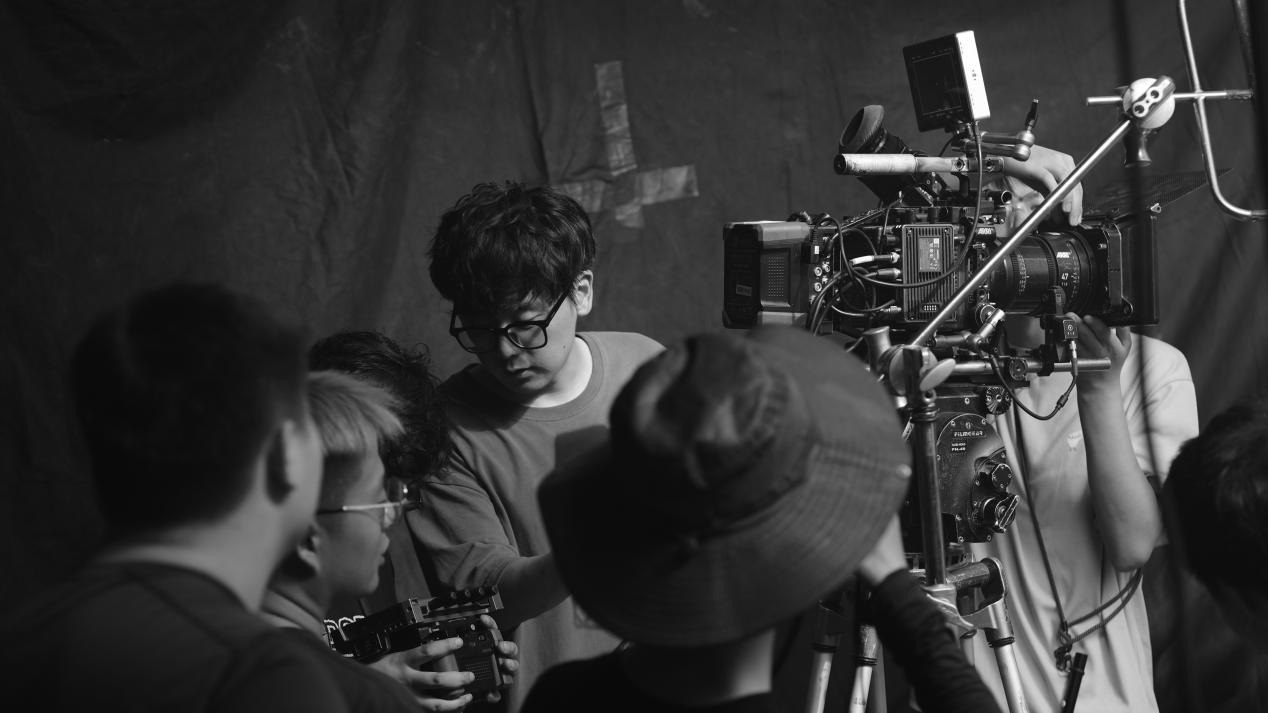

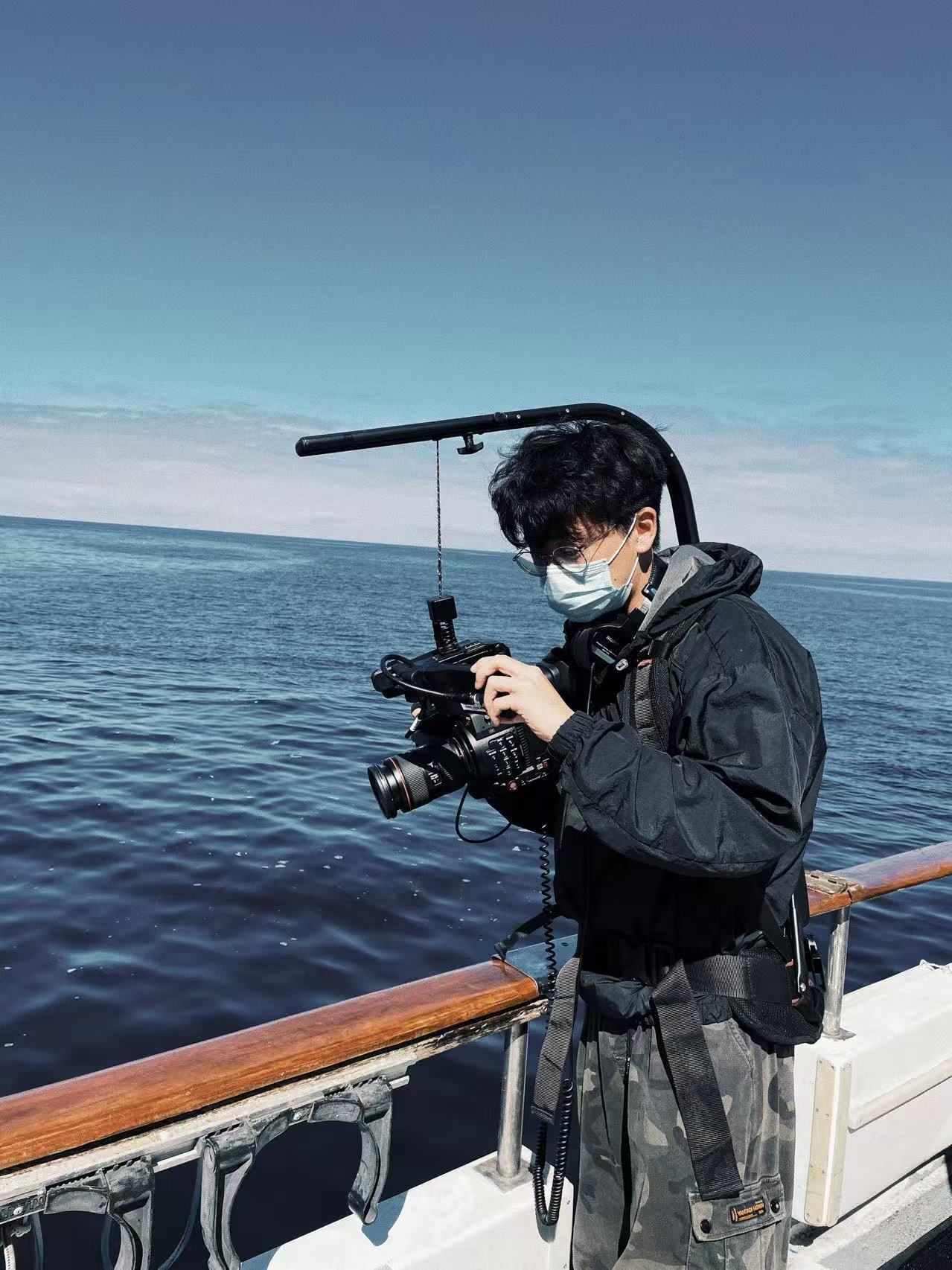

 The title of
The title of 



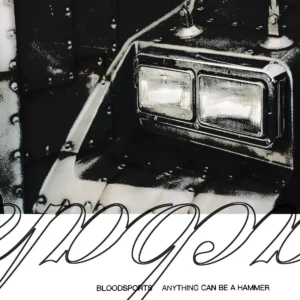 From their first rehearsal together, it took less than a year for
From their first rehearsal together, it took less than a year for 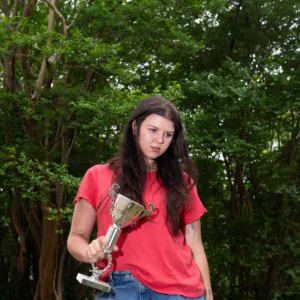 Written after she relocated from Los Angeles to New York,
Written after she relocated from Los Angeles to New York,  feeo frames her fragile, eerily intimate songs against the backdrop of infinity. Cosmic possibilities and absurd injustices shimmer at the edges of Goodness, making its vision feel as wide as it is singular; yet the more microscopic details and emotional nuances the London artist homes in on, the more her sonic poems scan as small epics, oozing through the connective tissue of a deeper world. At 39 minutes, Theodora Laird’s full-length debut is astonishingly rich; it swirls, brews, and burrows, rewarding you the further you stay along with it. Her voice is as beautiful as ever but at times almost vaporized by its surroundings, as if everything is always hanging by a very fine thread. But her discerning eye and sense of presence remains infrangible. “I’m only a witness,” she sings, bearing like few artists dare to.
feeo frames her fragile, eerily intimate songs against the backdrop of infinity. Cosmic possibilities and absurd injustices shimmer at the edges of Goodness, making its vision feel as wide as it is singular; yet the more microscopic details and emotional nuances the London artist homes in on, the more her sonic poems scan as small epics, oozing through the connective tissue of a deeper world. At 39 minutes, Theodora Laird’s full-length debut is astonishingly rich; it swirls, brews, and burrows, rewarding you the further you stay along with it. Her voice is as beautiful as ever but at times almost vaporized by its surroundings, as if everything is always hanging by a very fine thread. But her discerning eye and sense of presence remains infrangible. “I’m only a witness,” she sings, bearing like few artists dare to. Jenn Wasner’s radiant new album under the
Jenn Wasner’s radiant new album under the  “Let me put out a record and not have it ruin my life,”
“Let me put out a record and not have it ruin my life,” 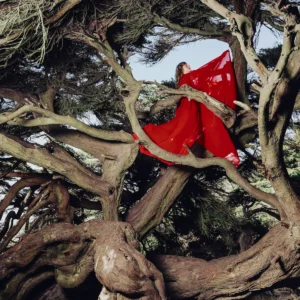 Following last year’s Keeper of the Shepherd,
Following last year’s Keeper of the Shepherd,  When the time came to revisit her solo project, Melina Duterte felt the urge to open up her sound to outside collaborators, enlisting contributions from Joao Gonzalez (of Soft Glas), Mk.gee/illuminati hotties collaborator Mal Hauser, Steph Marziano, and Kyle Pulley, as well as guest vocals from some of her biggest heroes, including Paramore’s Hayley Williams, Jimmy Eat World’s Jim Adkins, and Mini Trees’ Lexi Vega. Belong, her first new album in six years, is expansive and exciting at every turn, clearly energized as much by Duterte’s experimental impulses as her nostalgic love for classic alternative rock. Even when they lean into moodier, more subdued territory, these songs aren’t meant for sulking, but as Duterte puts it on ‘Past Lives’, spiraling up. It’s good company to feel a part of.
When the time came to revisit her solo project, Melina Duterte felt the urge to open up her sound to outside collaborators, enlisting contributions from Joao Gonzalez (of Soft Glas), Mk.gee/illuminati hotties collaborator Mal Hauser, Steph Marziano, and Kyle Pulley, as well as guest vocals from some of her biggest heroes, including Paramore’s Hayley Williams, Jimmy Eat World’s Jim Adkins, and Mini Trees’ Lexi Vega. Belong, her first new album in six years, is expansive and exciting at every turn, clearly energized as much by Duterte’s experimental impulses as her nostalgic love for classic alternative rock. Even when they lean into moodier, more subdued territory, these songs aren’t meant for sulking, but as Duterte puts it on ‘Past Lives’, spiraling up. It’s good company to feel a part of. 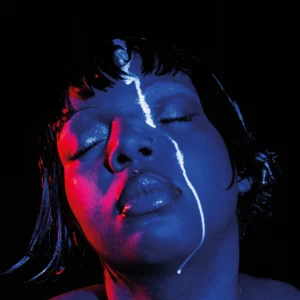 keiyaA was feeling numb as the hype around her last album, 2020’s Forever, Ya Girl, began to die down, when she came across a post by writer Mandy Harris Williams: “a downward spiral is a loaded spring.” He was citing the concept in physics that became the title of, and poetic fuel for, the Chicago-born singer-songwriter and multi-instrumentalist’s latest album, hooke’s law. Building on the avant-R&B vision of her debut, it’s a dazzling portrait of jadedness unlike any in the genre while remaining absolute playful, both in its lush experimentation and silly one-liners. It’s not claustrophobic, exactly, so much as club music from the bottom of an emotional well. “I toast to lighten up the pain,” she offers on the closing track, “Until we meet again/ Start again.”
keiyaA was feeling numb as the hype around her last album, 2020’s Forever, Ya Girl, began to die down, when she came across a post by writer Mandy Harris Williams: “a downward spiral is a loaded spring.” He was citing the concept in physics that became the title of, and poetic fuel for, the Chicago-born singer-songwriter and multi-instrumentalist’s latest album, hooke’s law. Building on the avant-R&B vision of her debut, it’s a dazzling portrait of jadedness unlike any in the genre while remaining absolute playful, both in its lush experimentation and silly one-liners. It’s not claustrophobic, exactly, so much as club music from the bottom of an emotional well. “I toast to lighten up the pain,” she offers on the closing track, “Until we meet again/ Start again.”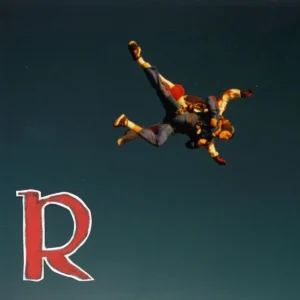
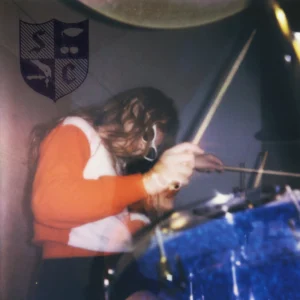 If the words
If the words 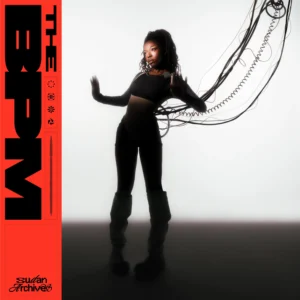 Sudan Archives’ lavish, ambitious world keeps expanding on THE BPM, but not at the expense of vulnerability – quite the opposite. Broadly speaking, the virtuoso’s third LP is as inventive as her 2022 breakout Natural Brown Prom Queen, but it also at times feels like a totally different album: wilder and more confounding its musical swings, more existential in its post-breakup candor. Sudan and her collaborators’ production is hypnotic and breathless with ideas without ever falling out of sync with the singer’s emotional overflow. “Sometimes I can get real low but I am high right now,” she sings on ‘Los Cinci’, prizing every point on the spectrum equally.
Sudan Archives’ lavish, ambitious world keeps expanding on THE BPM, but not at the expense of vulnerability – quite the opposite. Broadly speaking, the virtuoso’s third LP is as inventive as her 2022 breakout Natural Brown Prom Queen, but it also at times feels like a totally different album: wilder and more confounding its musical swings, more existential in its post-breakup candor. Sudan and her collaborators’ production is hypnotic and breathless with ideas without ever falling out of sync with the singer’s emotional overflow. “Sometimes I can get real low but I am high right now,” she sings on ‘Los Cinci’, prizing every point on the spectrum equally.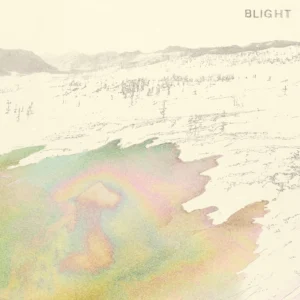 The Antlers
The Antlers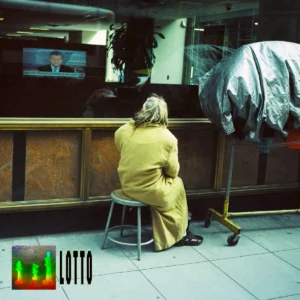 As the most pioneering band in modern shoegaze, TAGABOW could capitalize on a fantastical, watered-down version of a sound that’s only getting more popular, especially on their first LP for a bigger label in NYC’s ATO Records. They could shroud everything in glitchy layers of artifice and mutter poetic lyrics that mean nothing for the rest of their careers. Douglas Dulgarian’s way of avoiding that was making a record he’s deemed
As the most pioneering band in modern shoegaze, TAGABOW could capitalize on a fantastical, watered-down version of a sound that’s only getting more popular, especially on their first LP for a bigger label in NYC’s ATO Records. They could shroud everything in glitchy layers of artifice and mutter poetic lyrics that mean nothing for the rest of their careers. Douglas Dulgarian’s way of avoiding that was making a record he’s deemed 


